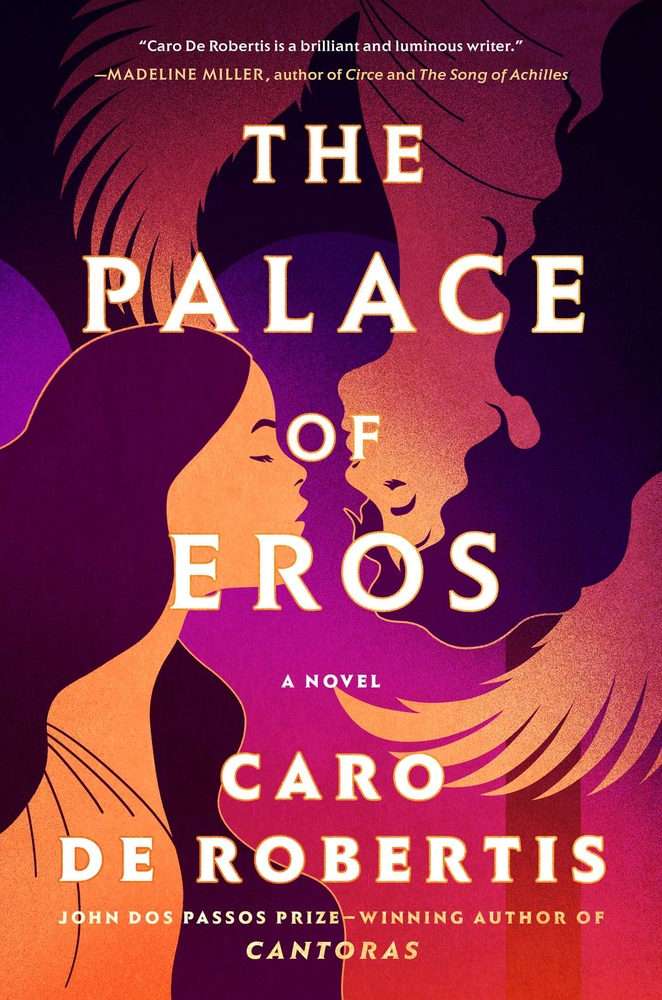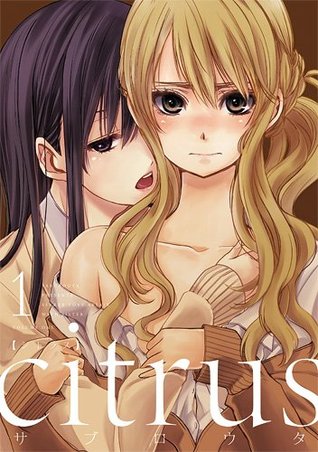“She kissed me with a martyr’s agonized desperation, like I was the only sword she ever wanted to fall on.”
I’ve been eagerly anticipating this book since it was announced: I loved Gibson’s queer polyamorous take on Dracula’s wives in A Dowry of Blood, and I have written several times about my complicated relationship with Carmilla. What could be better than a Carmilla retelling by Gibson? But then, the reviews began to come in, and they were mixed. I had such high expectations that I shied away from reading it in case it disappointed. Now that I’ve finished An Education in Malice, I can say it perfectly delivered the angsty, erotic, obsessive atmosphere I want from a vampire novel. I absolutely love it—in fact, I feel a bit defensive of it. I don’t want to say the negative reviews are wrong… but I do believe that in my secret heart.
I tried to go into An Education in Malice with as little information as possible, since I was already sold on the premise and the author, so I was surprised to see this gothic vampire novel was set in the 1960s. Laura arrives at school with students hula hooping out front: not exactly the time period I associate with gothics. As I read more, though, I began to appreciate that choice. There’s such a contrast between the insular, dark world De Lafontaine has pulled Carmilla and Laura into and the colourful, rapidly changing outside world, which we just see glimpses of. Also, this is set just after the Summer of Love, and Laura is clearly torn between traditional expectations of young women’s sexuality and the truth of her own desire.
Speaking of desire, BDSM is woven into this story just as much as queerness: Laura has always known that she wants to dominate women sexually, despite her quiet and unassuming personality. With Carmilla and the world of vampires, she begins to be able to explore that side of her outside of the pages of books. (Side note: Laura’s quietness combined with her choice of reading materials reminded me of Maude in Fingersmith, which is one of my favourite books.) Carmilla, too, has an innate understanding of her submissive sexual qualities, despite her arrogant persona.
Carmilla and Laura begin as academia rivals, and we get to see both points of view as they are drawn together despite themselves. Because they’re 19 and 21, they’re so dramatic about this—“Everything she did was elegant. It absolutely infuriated me.”—that it feels like enemies to lovers, even though they’re only poetry class rivals in reality.
Speaking of poetry class, I found De Lafontaine such an interesting character. In some ways, it’s the typical young student idolizing and being taken advantage of by an older professor. I also found it a telling reflection of academia that De Lafontaine claims to have strict morals—she refuses to kiss Carmilla or have sex with her—while literally draining her of blood. She’s also mercurial, demanding, unpredictable, even cruel—when she isn’t heaping Carmilla or Laura with praise and insisting they’re special.
Carmilla especially desperately seeks De Lafontaine’s approval. De Lafontaine is a dangerous and often cruel person, and she’s also fascinating. She has exactly the kind of warped morality I would expect from a vampire who has held onto any kind of standards. She worships poetry and beauty. She’s a walking cautionary tale about the dangers of obsessive, all-consuming love. She’s not a good person, but she’s a great character.
This delivered on exactly the vibes I want from a sapphic vampire novel. It’s dripping with angst and eroticism—what can you expect from two sapphic university students who take poetry very seriously? Despite the 1960s setting, it’s dark, atmospheric, and immersive.
I often think about the YA and kids’ books I would like to give my childhood self, but this is one I would like to hand to my 19-year-old self. She would have been obsessed.
I’m so glad that this lived up to my very high expectations, and it will be getting a place of honour on my all-time favourites shelf.




